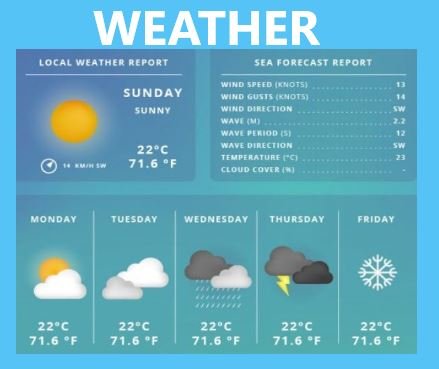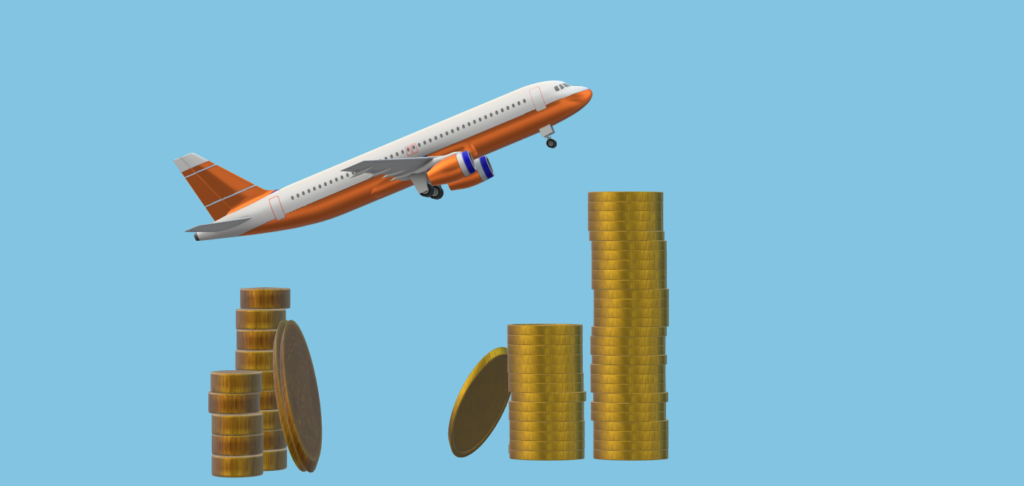Table of Contents
Introduction: the Best Time to Travel to Europe in Summer versus Winter
Planning a trip involves many decisions, but one of the most crucial is choosing the best time to travel to Europe in summer versus winter. The right timing can make a huge difference in your overall experience. In this guide, we’ll explore how to determine the optimal travel time based on weather, crowd levels, and budget. Let’s dive in and travel smarter!
Why Timing Matters
When you travel can significantly impact your vacation. The following are key considerations to keep in mind:
- Weather: Ideal weather conditions vary depending on your destination.
- Crowds: Popular tourist destinations can become crowded during peak seasons.
- Cost: Traveling during off-peak times can save you money on flights and accommodations.
Understanding these factors can help you make an informed decision about the best time to travel.
Weather Considerations

Weather is a primary concern for most travelers. Here’s how to choose your travel dates based on climate:
- Research Destination Climate: Look up the typical weather patterns for your destination. Websites like Weather.com or the National Weather Service provide historical data.
- Consider Seasonal Variations: Many destinations have distinct high and low seasons. For example, Europe is popular in the summer, while Southeast Asia sees more tourists in the winter.
- Check for Natural Disasters: Be aware of hurricane seasons, monsoon periods, and other potential natural disasters that could affect your trip.
- Plan for Personal Comfort: Consider your personal preferences for weather. Do you prefer warm, sunny days or cooler, more temperate conditions?
Avoiding Crowds
Traveling during peak season can mean battling large crowds, which can detract from your experience. Here’s how to avoid them:
- Travel During Shoulder Seasons: The shoulder seasons, just before and after peak times, often offer a good balance of favorable weather and fewer tourists.
- Weekdays vs. Weekends: Popular tourist sites are usually busier on weekends. If possible, plan your visits for weekdays.
- Early Mornings and Late Evenings: Visiting attractions early in the morning or later in the evening can help you avoid the busiest times.
- Less-Known Destinations: Consider exploring off-the-beaten-path destinations that aren’t as crowded.
Budget-Friendly Travel
Traveling can be expensive, but timing your trip right can help you save money. Here are some tips:
- Book in Advance: Flights and accommodations are generally cheaper when booked well in advance.
- Flexible Dates: Use tools like Google Flights’ fare calendar to find the cheapest days to fly.
- Off-Peak Travel: Traveling during off-peak times can significantly reduce costs. This includes not just flights and hotels but also activities and dining.
- Sign Up for Alerts: Services like Scott’s Cheap Flights or Skyscanner can alert you to fare drops and deals.
Detailed Explanation: Case Study – European Summer vs. Winter
Let’s take a closer look at traveling to Europe in summer versus winter.
Summer Travel (June to August)
- Pros: Longer days, warm weather, numerous festivals and events.
- Cons: Higher prices, crowded attractions, longer lines, and higher risk of heatwaves.
- Tips: Book well in advance, visit popular sites early in the morning, and consider less touristy areas like Eastern Europe.
Winter Travel (December to February)
- Pros: Lower prices, fewer tourists, festive holiday markets, and winter sports opportunities.
- Cons: Shorter days, cold weather, and potential travel disruptions due to snow.
- Tips: Pack warm clothing, take advantage of off-peak discounts, and explore indoor attractions like museums and galleries.
Tools and Resources
To help plan your trip more efficiently, utilize the following tools:
- Weather Apps: AccuWeather, Weather Underground
- Flight Comparison Sites: Skyscanner, Google Flights
- Accommodation Platforms: Airbnb, Booking.com
- Travel Guides and Blogs: Lonely Planet, Rick Steves
Conclusion
Choosing the best time to travel requires balancing weather, crowd levels, and budget considerations. By doing your research and planning strategically, you can ensure a more enjoyable and cost-effective trip. Remember, the best time to travel varies based on personal preferences and destination-specific factors. Happy travels!
By keeping these tips in mind, you’ll be well on your way to planning a smarter, more enjoyable trip. Safe travels!



